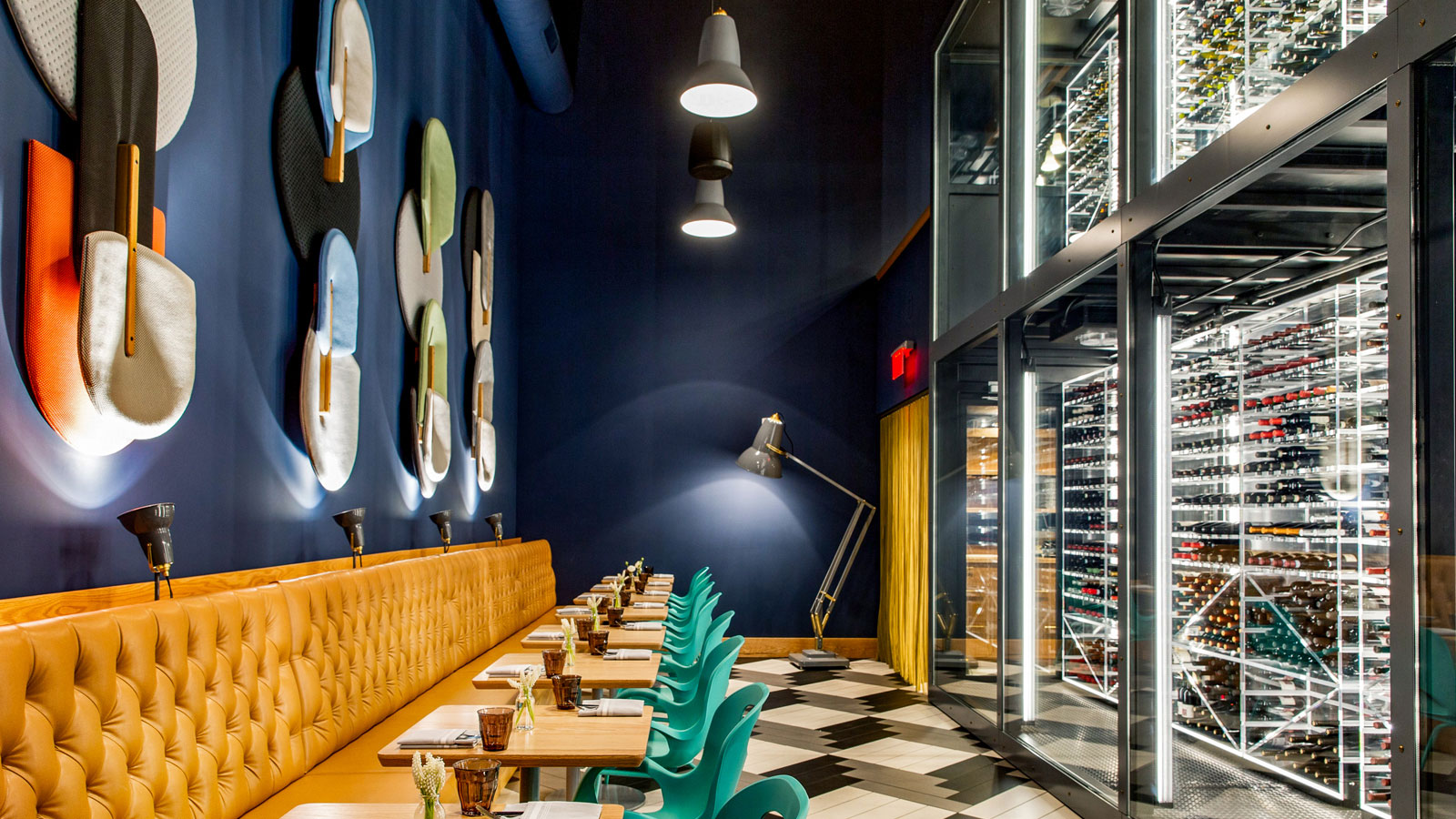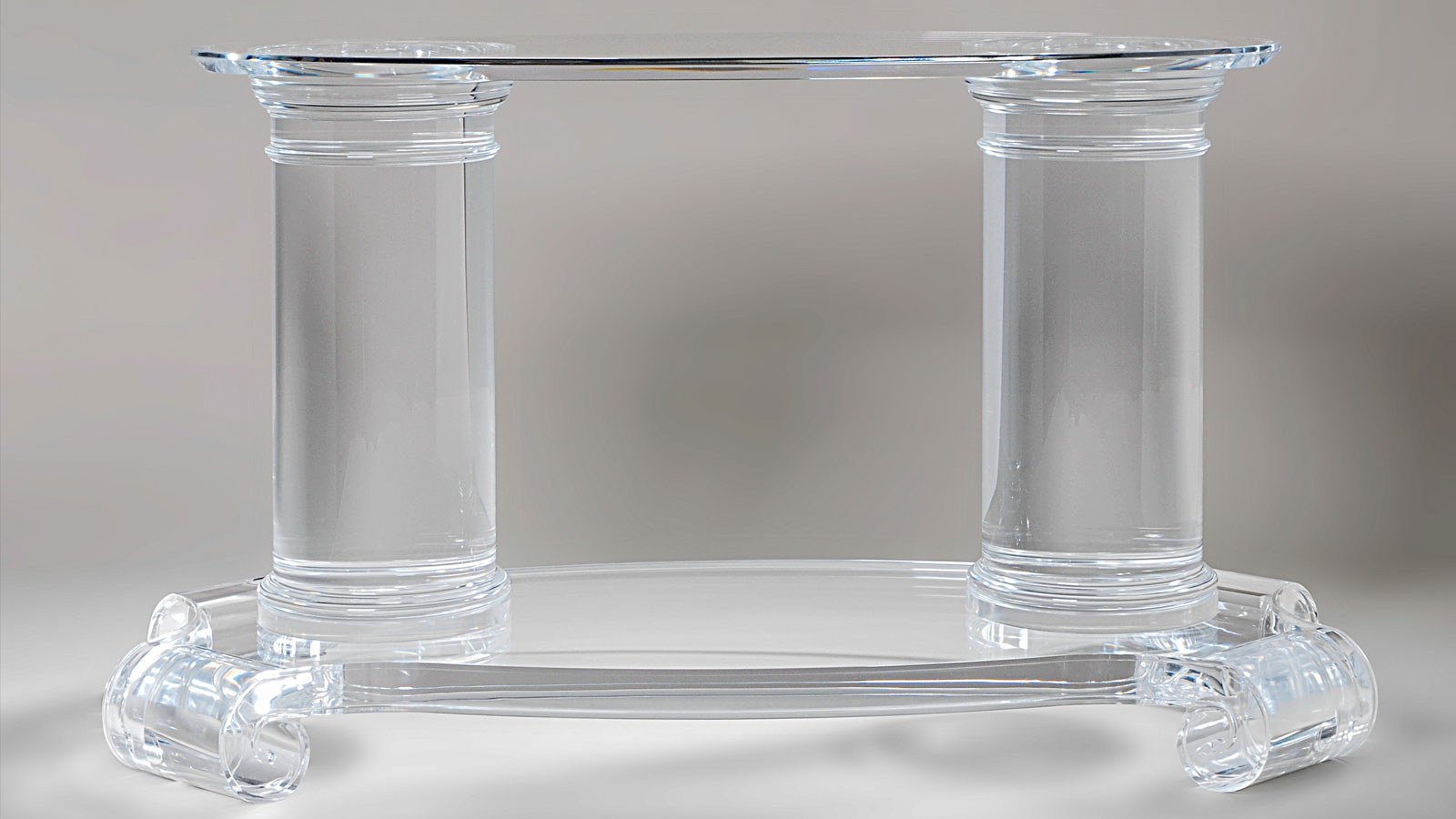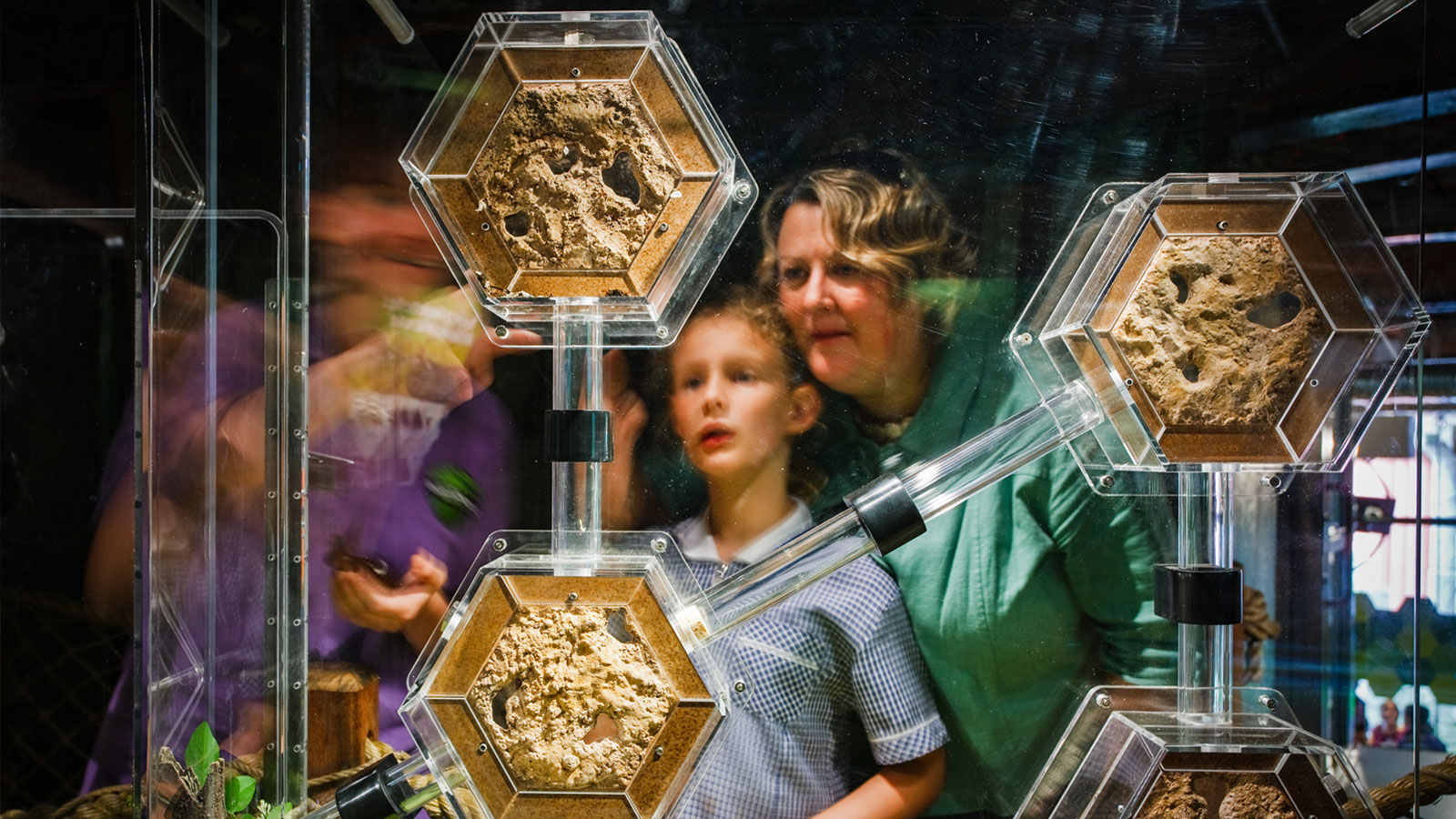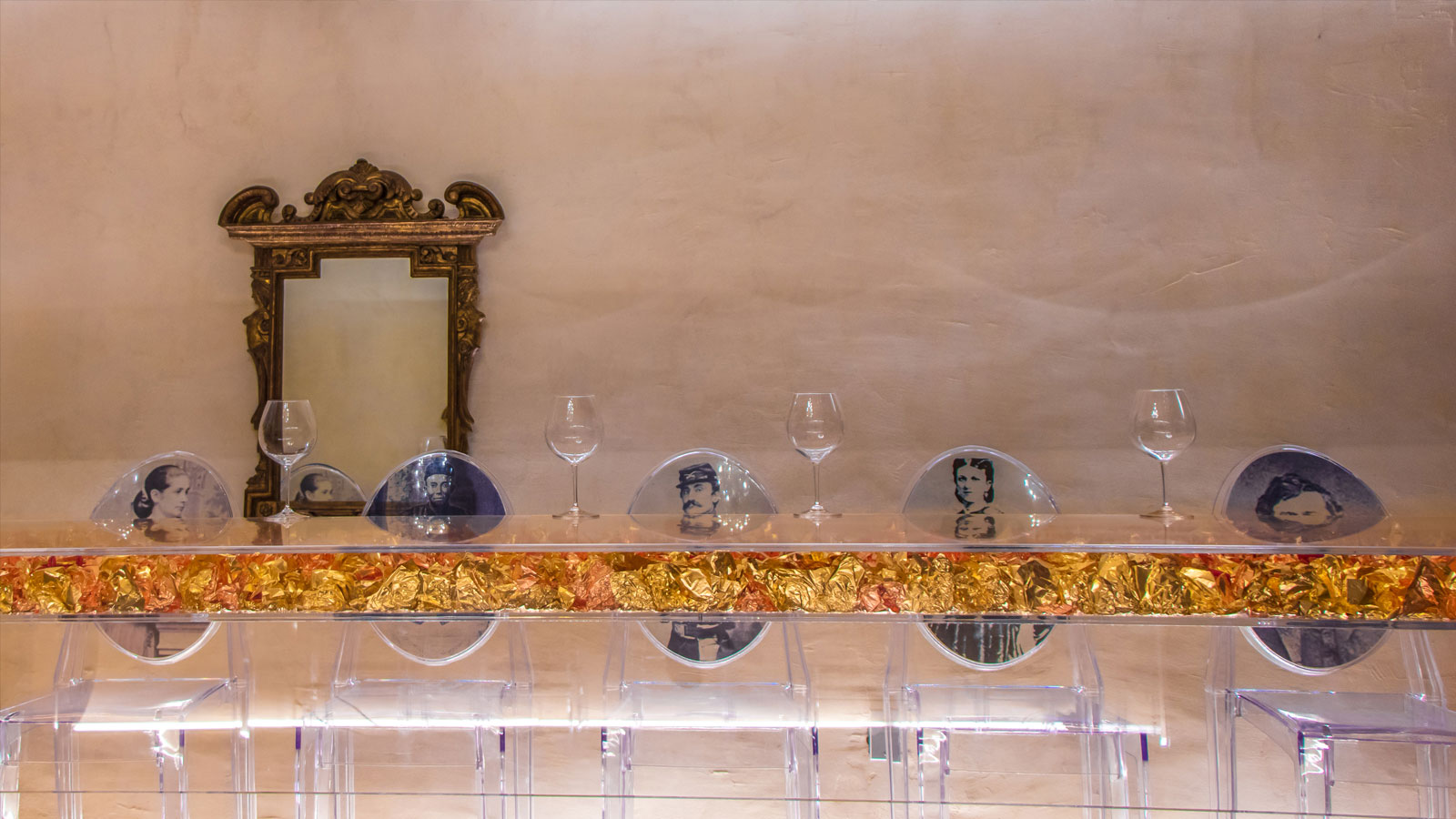FAQ








Frequently Asked Questions about Architectural Plastics
Architectural Plastics helps designers, architects, corporations and museums to bring their concepts to market through specially designed and fabricated plastics. If you are curious about the details of our products and services, take a look at these FAQs. Here you should find all you need to know about our design, fabrication, milling, bonding and other services.
Q:What is Architectural Plastics?
A: Architectural Plastics, Inc. specializes in pushing the limits of what can be achieved with plastics. We help designers, architects, corporations, museums and private collectors bring their concepts to market with various modern materials. We have been an industry leader in plastic design and fabrication since 1977. The diversity of our clients and markets has allowed us to research and develop superior methods to design and fabricate plastic parts, products, displays and conservation cases. We pride ourselves on our unique ability to meet our clients’ challenges and find solutions that our competitors cannot.
Q:What is plastic fabrication?
A: Plastic fabrication is a broad term referring to any process that involves the design, assembly, or manufacture of items made from plastic or composites of plastic. There are many different processes that can be used, resulting in a vast array of products. Architectural Plastics offers a diverse array of plastic fabrication services to companies and individuals throughout the U.S. and abroad. An experienced sales staff will help you select the right materials and fabrication methods for your project. The fabrication crew loves a challenge and draws on over forty years of experience.
Q:How do you manufacture plastics?
A: Plastics are derived from various natural materials, including cellulose, coal, natural gases, and oil. In particular, naphtha, which is derived from oil, is a crucial ingredient in the production of plastics. Plastic is manufactured through two main processes: polymerization and polycondensation. Both methods produce several different types and consistencies of plastic for a variety of uses.
Q:What is the cheapest plastic material?
A: There are many different kinds of plastics and their cost-effectiveness will depend on the purpose for which you want to use them. Generally speaking, the cheapest plastics are polypropylene and styrene. Polypropylene is one of the most versatile and highly demanded plastics. Styrene is less versatile and is mostly used for fabricating packaging materials.
Q:What is ACRYLITE®?
A: ACRYLITE® is a kind of acrylic sheet. It is produced by an innovative process that makes it rigid, lightweight, and weather-resistant, as well as giving it a high degree of clarity. It is usually colorless but can also be fabricated in any color. Because of its clarity, it is often used in skylights, window glazing, storefront displays, signage and picture framing. It is generally produced in thicknesses ranging from 0.060” to 0.944” and sheet sizes starting at 48” x 96” up to 100” x 150”.
Q:What is the difference between Plexiglass and ACRYLITE®?
A: ACRYLITE® is very similar to Plexiglass. Both are acrylic sheets used in very similar applications, such as windows, skylights, etc. What sets the two apart is the process by which they are manufactured. Plexiglass is made through the cell casting process, while ACRYLITE® is made through continuous extrusion. Cell casting is more time consuming and labor-intensive, which makes Plexiglass the more expensive of the two. ACRYLITE® is a more cost-effective alternative that offers all the benefits you will get from Plexiglass and other cell-casted acrylic products.
Q:How do you cut ACRYLITE®?
A: ACRYLITE® can be cut either with lasers or with saws. Conventional panel or table saws are recommended to cut ACRYLITE®. Saw blades should be carbide tipped with a triple-chip design for plastics. Moderate feed rates (100 – 300 in/min) ensure a proper cut. The blade protrusion should be 1/8 – 1/2” above the top of the sheet. Laser technology is being rapidly accepted by industry for quickly and accurately cutting, welding, drilling, scribing and engraving plastics. It is a much easier and more precise cutting method than saws, especially when specific shapes and designs are required. CO2 lasers focus a large amount of light energy on a very small area, which is extremely effective for cutting complex shapes in acrylic sheet. The laser beam produces a narrow kerf in the plastic allowing for close nesting of parts and minimal waste. CO2 lasers vaporize the acrylic as they advance, resulting in a clean, polished edge but with high stress levels.
Q:Are face shields safe as masks?
A: The patent-pending M2 Reusable Face Shield manufactured by Architectural Plastics is made from a thicker, higher grade of plastic than disposable alternatives and is 100% recyclable. The M2 will withstand the stress of multiple uses and cleanings. Many people argue that plastic face shields are not as safe as cloth face masks in the prevention of COVID-19 transmission. However, this only applies to certain designs of face shields. The M2 complies with the requirements for effective protection by covering the entire face, wrapping around the sides of the face, and extending below the chin. The design is sufficient to prevent the movement of water droplets (which may be carrying viruses) from one face to another. In short, the M2 face shield is exceptionally safe and effective in preventing viral transmissions.
Q:What are plastic sheets used for?
A: Plastic sheets are used in a broad and ever-growing range of applications, including the following:
- Insulation
- Construction
- Signage and display
- Bottles for beverages and cleaning products
- Freezer bags, shopping bags
- Face shields
- Tubing and pipes
- Flooring
- Cables
- Furniture
- And many more
Q:What is the strongest plastic sheeting?
A: Polycarbonate is considered to be the strongest plastic sheeting. It is 200 times stronger than glass, extremely hard and rigid, and heavily resistant to cracks and breakage. Although it is hard and durable, it is also extremely flexible, and can be bent and shaped into an extraordinary array of shapes. It is also a great insulator and is highly resistant to changes in temperature.
Q:How do you join plastic sheets?
A: By using a proprietary glue formula created by the founder of Architectural Plastics, the fabrication crew can glue acrylic cases, parts, displays, furniture and more with beautifully clear seams. These flawless glue seams are strong, watertight and perfect for high-end furniture, museum cases, aquariums, laboratory equipment and much more.
Projects
Architectural Plastics designs and fabricates finished items, parts and displays for other manufacturers, businesses and private clients. Below is a diverse collection of projects we completed by overcoming challenges that other plastic fabrication companies were unable to solve.








